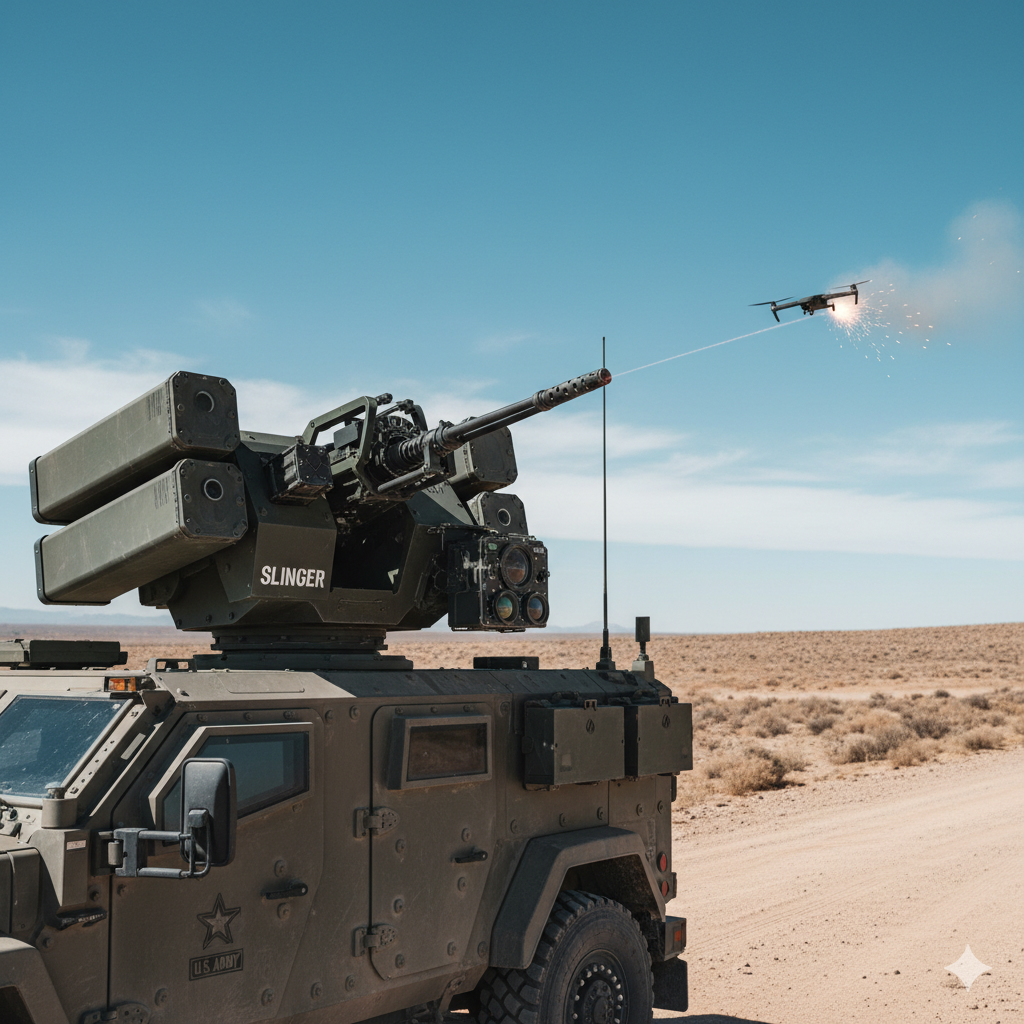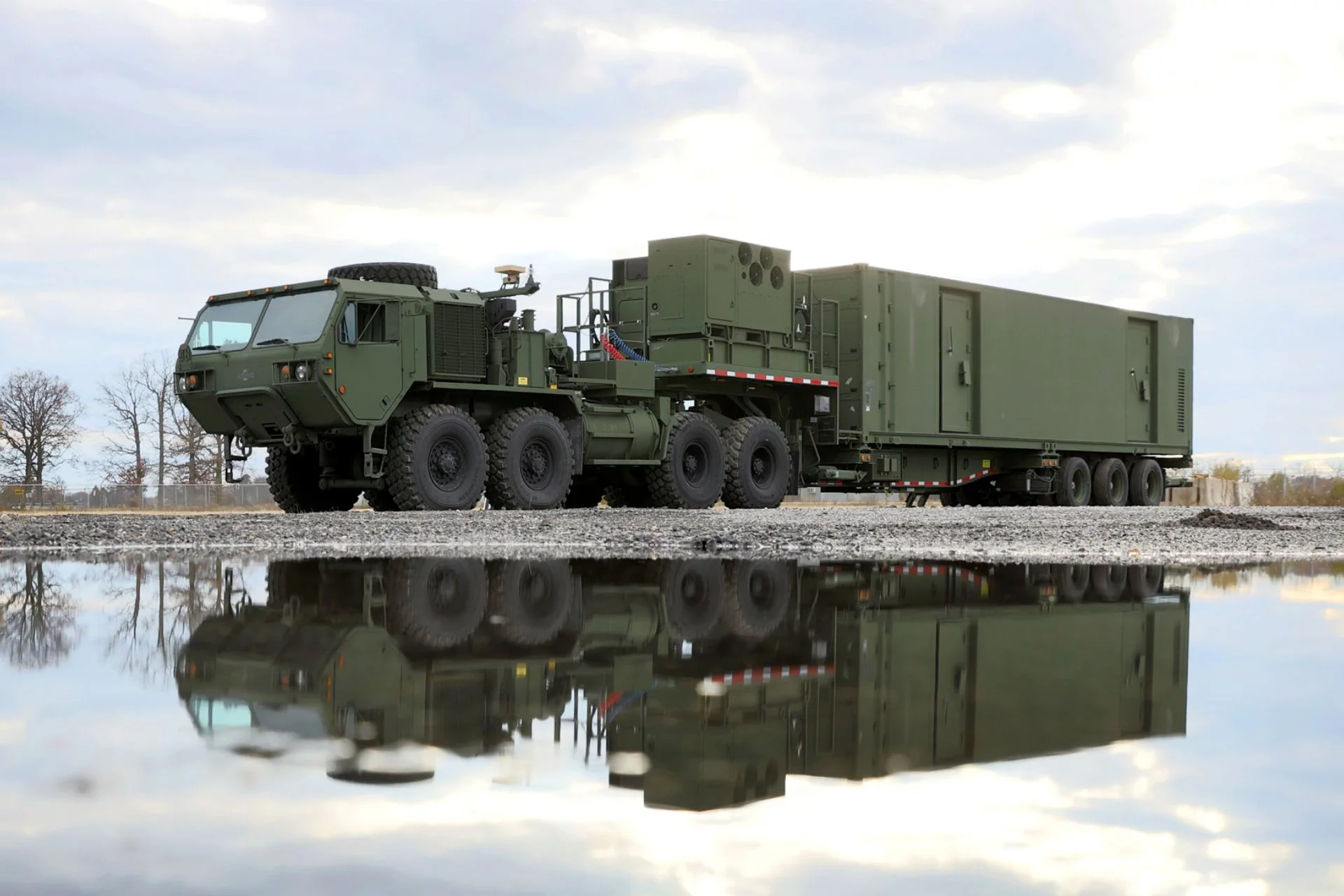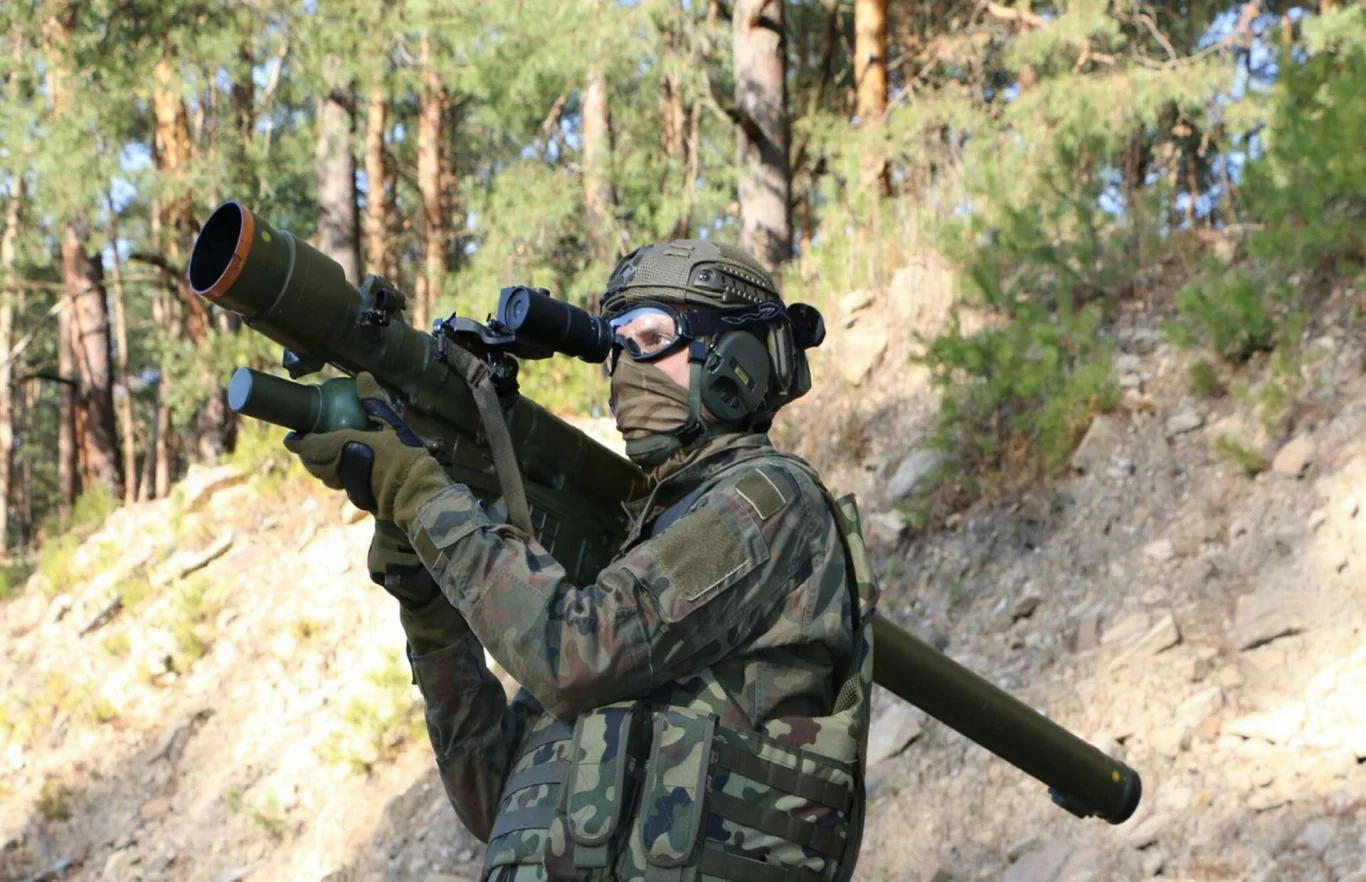The landscape of modern warfare is constantly evolving, and perhaps no advancement has reshaped it more profoundly in recent years than the proliferation of unmanned aerial systems (UAS), commonly known as drones. From surveillance to targeted attacks, drones present a versatile yet formidable threat, demanding equally innovative countermeasures. Enter the Slinger, an upgraded anti-drone weapon system whose imminent production in the U.S. marks a pivotal moment in the ongoing battle against these airborne adversaries. This isn’t just another weapon; it represents a significant leap forward in counter-UAS (C-UAS) capabilities, signaling a new and more sophisticated phase in defense strategies.
For years, militaries worldwide have grappled with the challenges posed by drones. Their relatively low cost, ease of deployment, and diverse applications have made them a weapon of choice for both state and non-state actors. Traditional air defense systems, often designed to engage larger, faster, and higher-flying threats, proved to be less effective against the smaller, slower, and often numerous drones operating at lower altitudes. This created a critical vulnerability, leading to a scramble for effective C-UAS solutions.
The Slinger, with its upcoming U.S. production, emerges as a robust answer to this pressing need. While specific technical details are often kept under wraps for security reasons, the fact that it’s being upgraded and moved into mass production strongly suggests a system that has proven its mettle and offers a significant tactical advantage. One can infer that these upgrades likely focus on enhancing its precision, increasing its range, improving its ability to track and engage multiple targets simultaneously, and potentially integrating more advanced artificial intelligence or machine learning for autonomous or semi-autonomous operation. The “upgraded” aspect is key here; it implies a continuous refinement based on real-world testing and evolving threat assessments.
What makes the Slinger so significant? Firstly, its specialized design for counter-drone operations is crucial. Unlike general-purpose air defense, the Slinger is purpose-built to neutralize the unique characteristics of drones, such as their small radar cross-section, varied flight patterns, and potential for swarm attacks. This specialization allows for a more efficient and cost-effective engagement strategy.
Secondly, the move to U.S. production indicates a commitment to scaling up this vital capability. Domestic production ensures a reliable supply chain, allows for greater quality control, and facilitates further integration with existing military platforms and doctrines. It also underscores the U.S. military’s recognition of the urgent need to address drone threats proactively and comprehensively. This isn’t a niche solution; it’s becoming a foundational component of modern defense.
The Slinger’s impact extends beyond just neutralizing drones in active combat zones. It contributes to a broader deterrence strategy. Knowing that advanced C-UAS systems like the Slinger are being deployed can influence an adversary’s decision-making, potentially discouraging the use of drones in certain scenarios due to the increased risk of interception and loss. This psychological effect can be as valuable as the kinetic one.
Furthermore, the introduction of systems like the Slinger paves the way for future innovations in counter-drone technology. As militaries gain more experience with such specialized weapons, valuable data and insights will be collected, informing the development of even more sophisticated solutions. This could include advancements in directed energy weapons, electronic warfare countermeasures, or even highly intelligent interceptor drones designed to hunt and neutralize enemy UAS. The Slinger represents a significant step in this ongoing technological arms race.
The shift towards a “new counter-UAS phase” is not merely about having better weapons; it’s about a holistic approach to managing the drone threat. This includes improved intelligence gathering to identify drone launch sites and operational patterns, enhanced command and control systems for rapid response, and comprehensive training for personnel on how to effectively employ these new technologies. The Slinger is a critical piece of this larger, evolving puzzle.
In conclusion, the U.S. production of the upgraded Slinger anti-drone weapon is a landmark development in military technology. It signifies a clear understanding of the evolving threat landscape and a proactive commitment to developing and deploying cutting-edge solutions. As drones continue to redefine modern warfare, systems like the Slinger will be instrumental in maintaining security and protecting forces, ushering in a new, more robust era of counter-UAS capabilities. It’s a testament to human ingenuity in the face of persistent challenges, and a critical step towards securing the skies of tomorrow.




